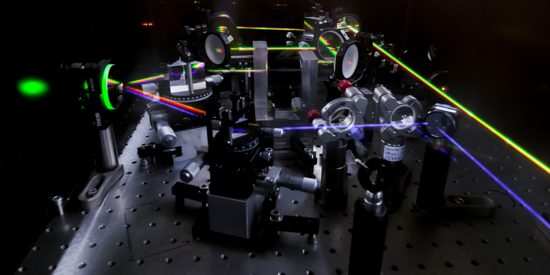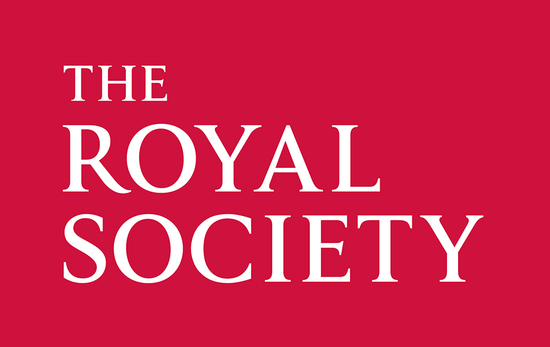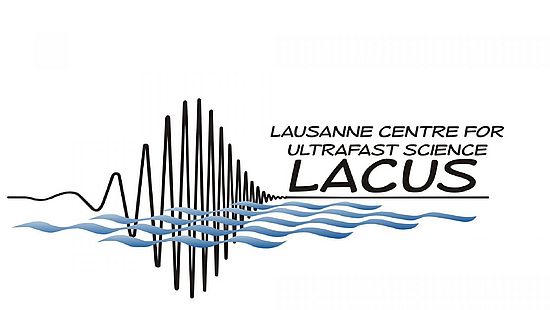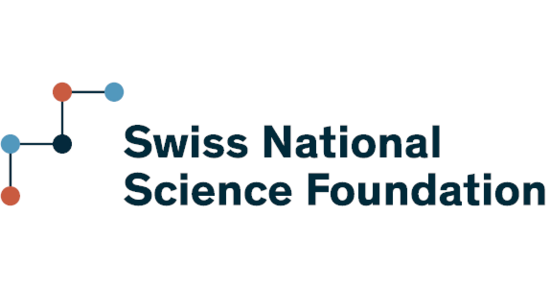
Home
Ultrafast Chiral Dynamics Laboratory at University of Basel

An artist’s impression of an ultrafast chirality measurement: Circularly polarized laser pulses measure changes in the chiral molecular structure of a photoexcited metal-complex called Fe(dm-bpy)3 (image by Ella Maru Studio, Inc.).
Welcome to the website of the Oppermann research group. The principal goal of our research is to capture and understand the molecular transformations that drive biological and chemical processes on the nanoscale. To achieve this, we develop innovative time-resolved spectroscopic tools that use laser pulses to capture both electronic and structural changes in molecular systems on their natural time scales, spanning from the microsecond regime (10-6 seconds) to the ultrafast femtosecond domain (10-15 seconds). These insights are vital to develop a molecular-level understanding of chemical reactions, biological activity, and the conversion of light-energy in photoactive materials.
To capture molecular dynamics in real-time we need experimental techniques that offer both high structural and fast time resolution. However, achieving this in the native solution environment of most (bio-)chemical processes is especially challenging on time scales faster than the millisecond regime (10-3 seconds), where most established structural characterization techniques reach important limitations. To overcome these issues, our group has developed a new approach: we use ultrashort laser pulses to capture changes in the structural symmetry of molecules, called chirality, to resolve their structural dynamics with femtosecond time resolution.
With these new tools we are focusing on two research avenues. First, we investigate dynamic molecular transformations that are still difficult to capture experimentally, for example the ultrafast rotations of synthetic molecular motors and the conformational changes of proteins in their natural liquid environment. Second, we investigate the chirality of excited electronic states in chiral photochemical systems can be used to control light-energy conversion mechanisms.
Our approach to research is decidedly multi-disciplinary and collaborative. We are a team of chemists and physicists and we develop and apply experimental methods from the physical sciences to understand (bio-)chemical processes on the nanoscale. To achieve this, we make use of state-of-the-art laser and photonic technology in combination with advanced data analysis tools. These research capabilities are complemented by an international network of scientific collaborators who contribute vital expertise in (bio-)chemical synthesis, ultrafast photonics, laser spectroscopy, and molecular dynamics.
Open Positions
We are always looking for talented MSc students, PhDs, and Postdocs to join our team!
Click here for more details.




